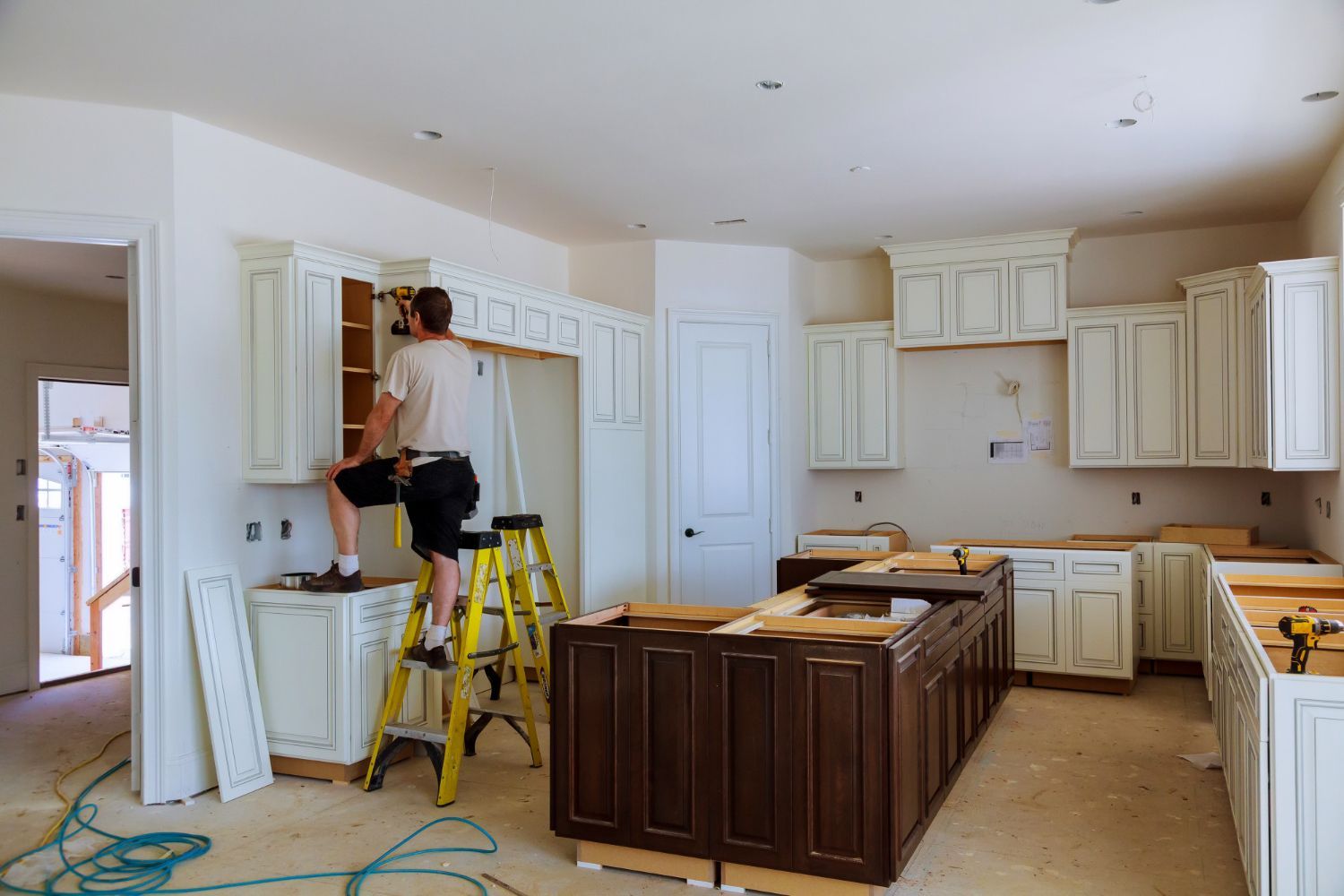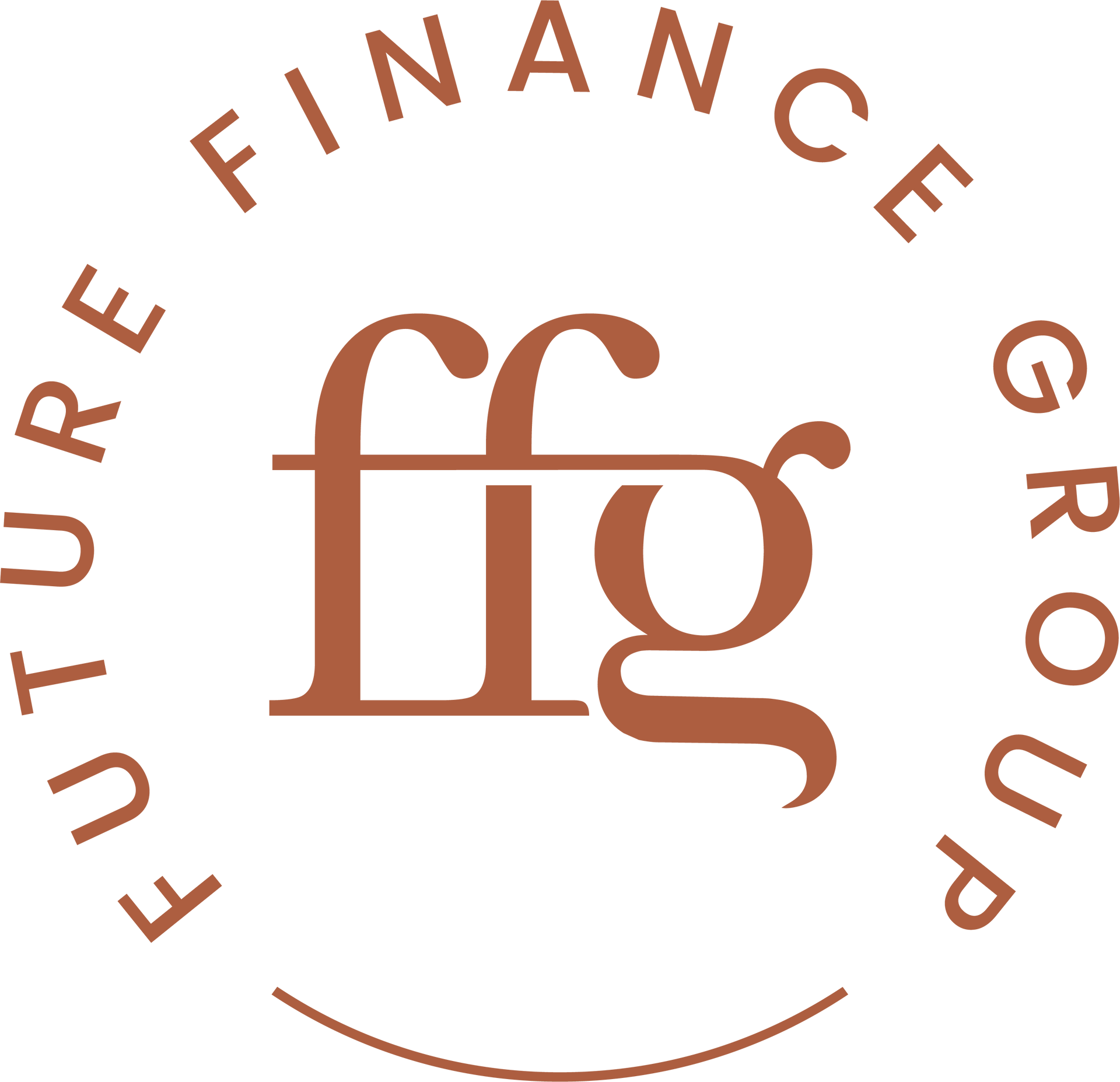DEBT GOT YOU DOWN?
As of January 2018, there were more than 16.7 million credit cards in Australia. The same records show more than 70% of us had a credit card.
In addition:
- Australian households have the fourth highest debt levels in the world after Denmark, The Netherlands and Norway.
- The ratio of average household debt to income has almost tripled since 1988 from 64% to 199.7% of annual disposable income.
- Average debt levels are $4,181 per person for credit card balances and $18,409 for car loans.
So, what does this mean for the ‘average’ Australian?
If you are a prospective home buyer and have ‘average’ levels of accumulated debt it could affect your borrowing power by almost $100,000.
With the median Australian house price at $818,416 what impact might this have on your home ownership dreams?
Perhaps ask yourself these questions…
- Is your debt growing faster than your assets?
- Are you concerned about your debt situation?
- Are you struggling to make your monthly repayments?
- Does it always seem like your bills amount to more than your wages?
If you answered yes to one or more of these questions, then perhaps it’s time to look at a solution for your debt situation NOW – before it’s too late.
Why do so many of us have debt problems?
Some people fail to recognise that using credit to purchase items for use today means they are spending their future earnings before they have even received them.
In the past, lenders offered credit cards, with pre-approved limits, without thoroughly checking credit histories or capacity to repay. With debt levels on the rise, the government is currently reviewing credit card rules – there is a push for lenders to assess suitability based on a consumer’s ability to repay within a reasonable period.
How have times changed?
In the past we saved up or used the lay-by method, i.e. we used money we already had for items we wanted. Now, as an instant gratification society with an abundance of credit at our finger tips we are tempted to use it without considering future consequences. It’s little wonder many people experience high levels of debt.
What are the first signs of trouble?
- You think it is unlikely you will be able to repay your existing debt with your foreseeable future income.
- You have multiple credit cards.
- You are no longer paying the full balance of your debt each month – you just pay the minimum amount.
- You have arranged for more credit cards (or a personal loan) to help pay off other cards.
- You have added a store card(s) because there was no room left on the credit cards.
Eventually your repayments start to approach – or even exceed – your income.
What is the solution?
We all know that good budgeting and discretionary spending discipline is the real answer, but sometimes it doesn’t matter how well you budget there’s just not enough money to make ends meet.
One solution (and this is not for everyone) may be debt consolidation.
It may be too late for budgeting because the debt level is already greater than your income. In this instance, debt consolidation may be an option for you.
What is debt consolidation?
This is when you take multiple debts (where the majority of the debt has a much higher interest rate) and consolidate the debt into one loan with a lower average interest rate. Generally most people opt for refinancing against their home (using existing equity) as it has the lowest interest rate. For example, your home loan rate may be 5.0% or even lower as opposed to a personal loan that might be 10.95% or higher (definitely lower than most credit cards).
How can we help?
- If your debt levels are a concern and you think you may be experiencing the first signs of trouble – CALL US NOW – before it is too late. We don’t judge. We are here to help.
- Ask us for our debt consolidation spreadsheet to see how much we can potentially save you each month to go towards the payment of your debt. You may be surprised.
- Even if you are managing your current debt, it never hurts to review your finances to see how your cashflow can be impacted favourably.
- If you have friends or family who you think could benefit from reading this article, please forward it to them.
- finder.com.au
- abs.com.au
- moneysmart.com.au
- 4. domain.com.au/June2017
Disclaimer: This article provides general information only and has been prepared without taking into account your objectives, financial situation or needs. We recommend that you consider whether it is appropriate for your circumstances and your full financial situation will need to be reviewed prior to acceptance of any offer or product. It does not constitute legal, tax or financial advice and you should always seek professional advice in relation to your individual circumstances. Subject to lenders terms and conditions, fees and charges and eligibility criteria apply.



